
Amanda Greive: A Contemporary Female Artist Who Speaks Of Equal Rights
Artists create art for a reason. For an American realist artist, Amanda Greive, oil painting is an opportunity to voice her opinion visually. There is no copying of reality on canvas, rather it’s a stimulating conversation about women’s social placement in our communities and family units.
The first time I encountered Amanda’s work, I connected to it immediately because what I saw in her oil paintings was the emotion I experienced almost daily running a family. Balancing that silent struggle of being a perfect mother and wife and my personal pursuits and aspirations that had little to do with family’s comfort. In the artist’s paintings, women bend down, fall, stretch or show other unusual body rotations reversing the expected classical female poses we’re used to seeing throughout art history. Instead of observing women holding the flowers, they are consumed by them.
More info: amandagreive.com | Facebook | Instagram
The Feeling of Falling, oil on panel, 36 x 48, 2016
There is restriction. Struggle. Beauty. Confinement. Resilience. Women and plants have dual nature being fragile and persistent. They flower in dark or inhospitable environments. Unworthy, they’re taken for granted and cast aside. We can see that flowers become the metaphor for women’s raw feelings. As a result each painting describes a woman’s struggle to balance family responsibilities with societal expectations. Expectations of what a woman should look like as opposed to what she feels like is appropriate for her.
Retrograde (How Are You Okay), oil on wood panel, 24 x 36, 2021
Women try to balance between standards of beauty and pressures of reality. Constricted by tape, flowers, and butterflies, female figures can live in either dark or light spaces but the blossoming flowers seem alive and capable to engulf the figures completely. They spring from women’s backs and cover up their faces completely to reveal tension and duality we experience living in female bodies.
Hannah, oil on panel, 30 in tondo, 2017
Amanda describes her art in a statement.
“An undeniable symbolic resemblance exists between women, or those that identify as such, and the botanical world. Women and plants are both at times resilient, fragile, persistent, and ephemeral. They can flower in environments thought to be otherwise inhospitable, and at the same time taken for granted, cast aside as unworthy. My current body of work focuses on the exploration of this relationship and its inherent dichotomies. The pieces also examine the push and pull between societal perception of women and their reality. At its simplest distillation, I find inspiration in hearing the stories my models tell and in researching floral history and symbolism. In accord with this, the paintings in this series are the product of many of these conversations; and each represents a woman’s struggle with agency over her life.”
Tulips, Two Lips, oil on wood panel, 14 x 18, 2018
Amanda Greive’s art brings our attention not only to social stereotypes but also to inequality that exists on every level of our society. When I write that women are underrepresented in art galleries and museums, I often get a question back asking if women are really that good compared to male artists to receive equal attention or gallery representation. It’s stunning that at this age we still have to deal with such biases running deep in our society. With Amanda’s paintings, I wish to prove that gender shouldn’t define destiny as both sexes deserve equal opportunities and recognition.
Amanda Greive: oil painter who speaks of equal rights | Interview with Veronica Winters
Aesthetic, visual perception, cultural impact, and unique narrative play a great role in the creation of realist paintings. Unlike almost mechanical copying of reality we observe in photorealism painting, contemporary women artists focus on creative design, storytelling, and emotion. Although photography is an integral part of this creative process, knowing how to take great reference and to use it well is a highly artistic skill that’s unique to every artist. Amanda creates her version of reality that’s personal and off-limits. By watching her speak we can understand how individual and complex her emotional journey is to arrive at her current state of visual excellence in art.
9Kviews
Share on Facebook
 Dark Mode
Dark Mode 

 No fees, cancel anytime
No fees, cancel anytime 
















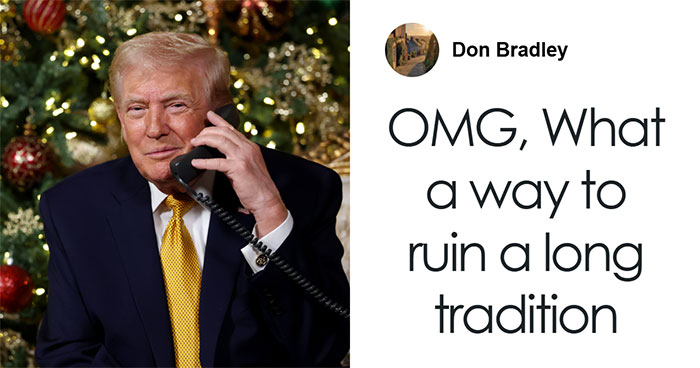
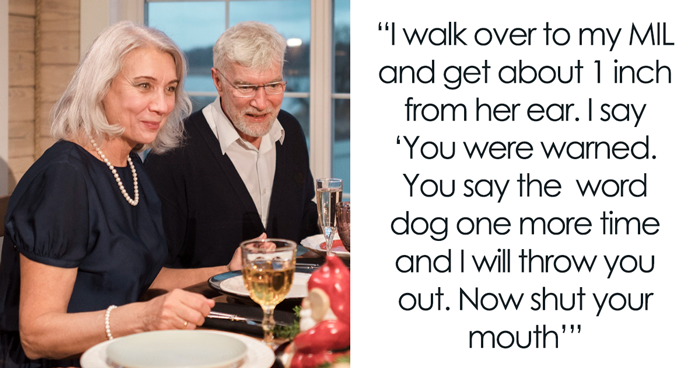

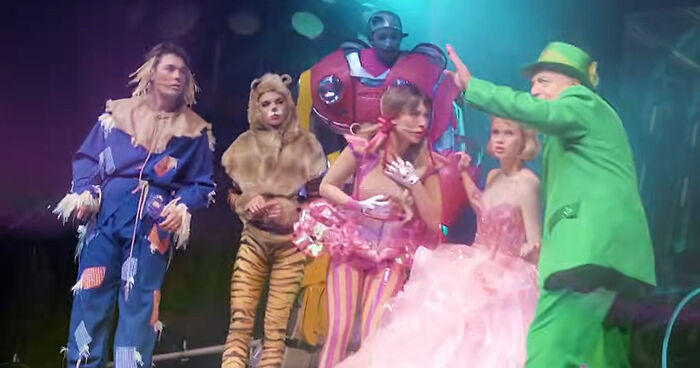
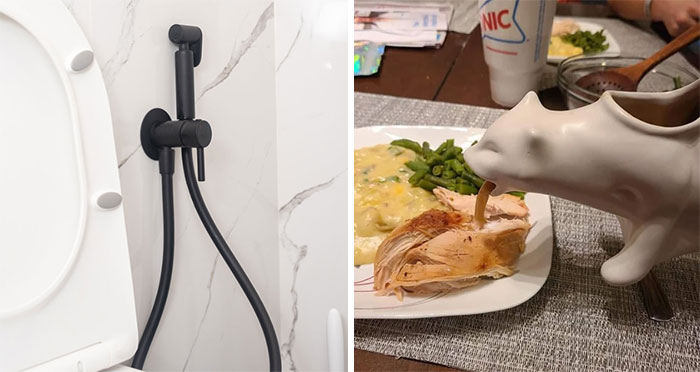
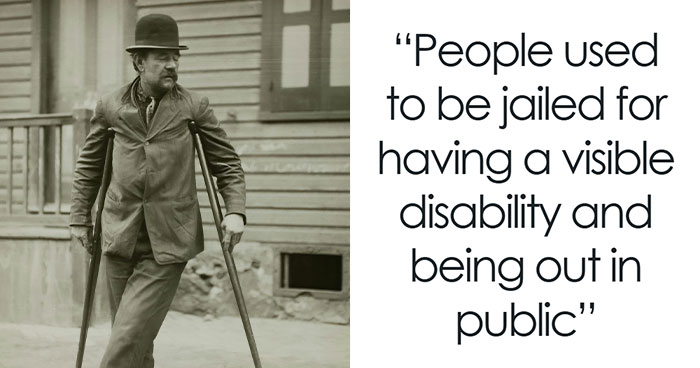
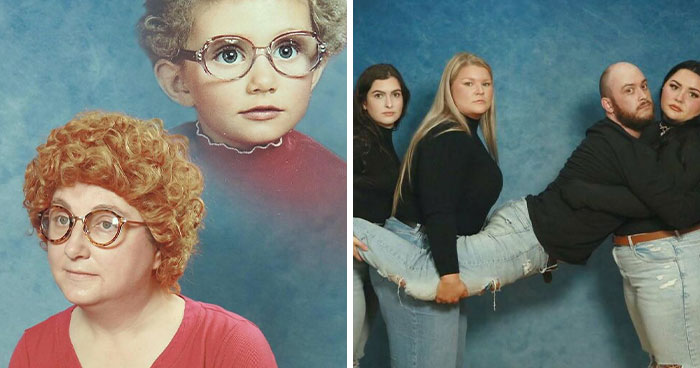
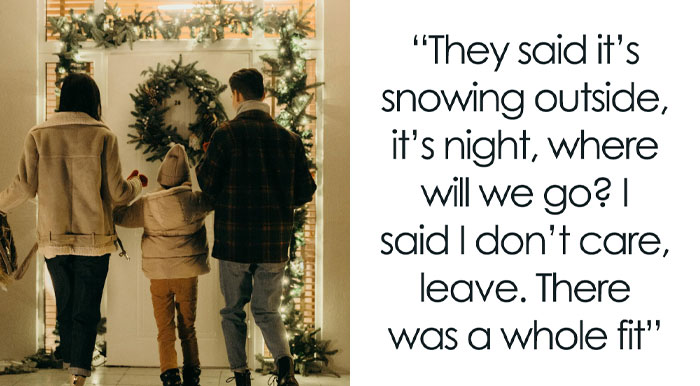






























19
2